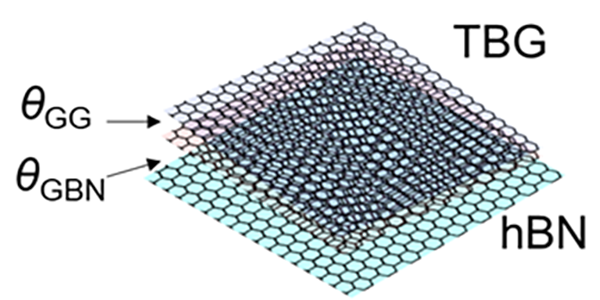MANA International Symposium 2025
Session 5-4
Abstract
Twisted bilayer graphene (TBG) at the magic angle of 1.1 degrees exhibits many intriguing electronic phases. In particular, the quantum anomalous Hall effect (QAHE), in which the Hall conductivity is quantized in units of the conductance quantum at zero magnetic field, has been observed in only a single TBG device
In this study, we establish a fabrication process for TBG/hBN superlattice devices in which the TBG moiré pattern and the moiré pattern between one of the graphene layers and hBN have the same periodicity, i.e., a commensurate structure. Using atomic force microscopy-based techniques, we verify the alignment of hBN within the TBG stack prior to device fabrication. Subsequent transport measurements of the fabricated device revealed a pronounced anomalous Hall effect at a carrier density corresponding to one hole per moiré unit cell. Furthermore, we observed hysteresis loop reversal depending on the channel location, indicating the presence of multiple Chern domains.

Reference
- A. L. Sharpe et al., Science 365, 605 (2019). DOI: 10.25740/bg095cp1548
- M. Serlin et al., Science 367, 900 (2020). DOI: 10.1126/science.aay5533
- J. Shi et al., Phys. Rev. B 103, 075122 (2021). DOI: 10.1103/PhysRevB.103.075122

